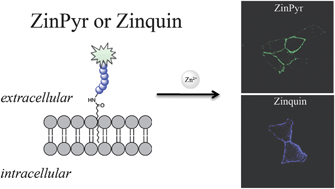Research reported in Chemical Science describes a new method for labelling proteins with two different chemical components at two separate, selected locations on the protein structure.
Scientists in the UK used the local protein microenvironment to control the outcome of reactions between cysteine residues on the surface of a double cysteine mutant of green fluorescent protein (GFP).
They formed sulfonium salts of the two cysteine residues and found that, dependent on the different environments of their α-protons, one underwent an elimination reaction to form a dehydroalanine while the other residue was protected from elimination by another part of the protein. They were able to convert this second sulfonium salt to an azide, presenting two different functional groups on the protein that could react in different ways to label the protein surface.
The team demonstrated that they could successfully label the protein with both an alkyne dye via the azide and a simple thiol via the dehydroalanine, presenting a simple method for site-selective dual labelling of proteins.
Read this ‘HOT’ Chemical Science article today for free:
A novel approach to the site-selective dual labelling of a protein via chemoselective cysteine modification
Ramiz I. Nathani, Paul Moody, Vijay Chudasama, Mark E. B. Smith, Richard J. Fitzmaurice and Stephen Caddick*
Chem. Sci., 2013, Advance Article
DOI: 10.1039/C3SC51333E
















-429---NS_tcm18-221866.jpg)



-429---NS_tcm18-221958.jpg)